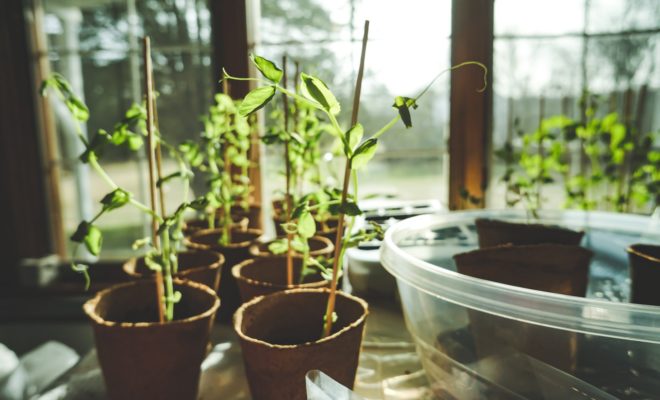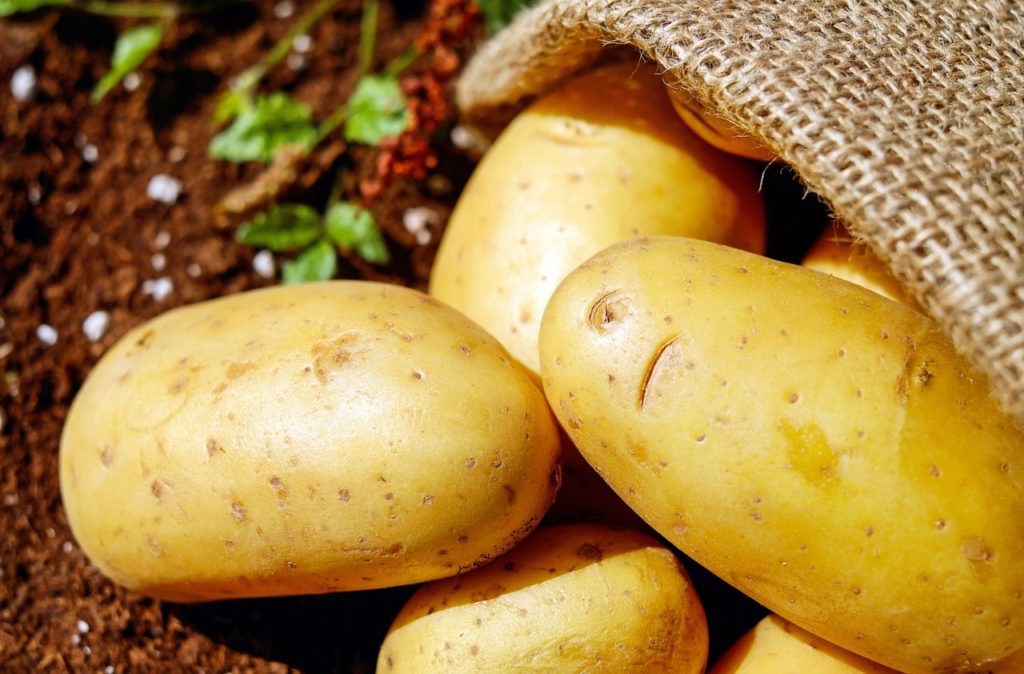
Best produce to grow in greenhouses throughout the colder months
Potatoes, peas and broad beans have been named as three of the best vegetables to grow in greenhouses in autumn and winter.
Whilst the colder months aren’t typically associated with growing produce, horticulture experts at BillyOh.com have revealed eight vegetables and herbs that are best planted in greenhouses before spring and summer.
Greenhouses are ideal for helping to extend the growing season, protecting plants when they’re most fragile and opening up a wider range of options for gardeners – especially in the chilly UK winter.
Although plants will not grow as fast as they do in the summer, just be patient and you will soon see them thrive.
By utilising your greenhouse all year round, not only will you be saving essential cash on the weekly food shop, but you’ll be doing your bit for the environment too.
A spokesperson for BillyOh.com commented: “Greenhouse gardening in autumn and winter is very different to doing so in spring and summer because in a cool climate, you need to plan very specifically what you grow and when you grow it.
“Generally, there isn’t a lot of light or heat available so you may need to modify your greenhouse, but there are plenty of easy and cost effective methods to do so.”
1. Winter lettuce
If you enjoy a good salad, there are a couple of hardy winter lettuce that will grow in a cold greenhouse or poly-tunnel through the winter, like the Arctic King. Little Gem and other varieties of lettuce can be sown in your greenhouse in October and then planted into seed trays when big enough. No need to wait until the lettuce plants have formed hearts, simply start harvesting when the leaves are big enough to add to a salad. Leave some lettuce plants to grow on as hearted lettuce and then cut as required.
2. Potatoes
Try growing early potatoes in old plastic buckets or any large container or a flowerpot – most early potatoes can be grown this way. Bear in mind the containers will take up quite a bit of greenhouse floor space, but the taste of early home-grown organic potatoes makes it worthwhile. If you need space to work in the greenhouse, providing the weather isn’t frosty the potatoes can be moved out of the greenhouse into the garden during the day and back into the greenhouse at night.

3. Peas
Sowing pea seeds in mild areas now will produce a crop in late spring – or even earlier if you are starting them of in an unheated greenhouse. Plant them one inch deep and relatively close at about one inch apart, to make up for a higher loss rate.
4. Broad beans
Autumn sown broad beans will be ready a month earlier than those sown in April – plus they won’t get black fly. Good autumn varieties are Aquadulce Claudia (AGM) and Super Aquadulce.
5. Herbs
Pot up chives, parsley and mint in autumn and bring them into the greenhouse, where they’ll continue growing all winter. It’s worth planting up several pots of each, so you can harvest them in succession for a continuous supply.
6. Carrots
Plant them in autumn and they can be harvested as soon as the ground thaws. If you’re having a mild winter and the ground thaws once or twice before spring, check the carrots, as they may be ready. The variety makes a huge difference here so make sure you get one that is very cold-hardy.
7. Kale
The cold-hardy vegetable can survive temperatures down to -6C, depending on variety. When it gets colder than that, you will need to provide some heat for it to continue or wait until the outside temperatures rise and the plants start growing again. Plant several successive crops and you can easily have kale all-year round.
8. Squash
Squash benefits from being started in the greenhouse so that as soon as it is warm enough outside, they can be transplanted. Without this additional growing time, many squash varieties won’t have enough time to come to maturity in short-season.


You must be logged in to post a comment Login